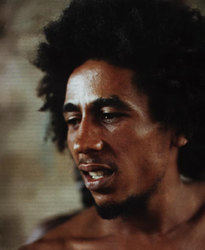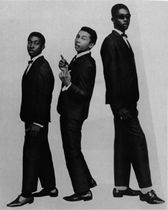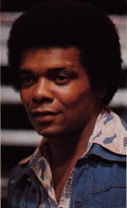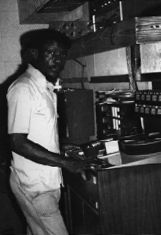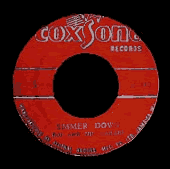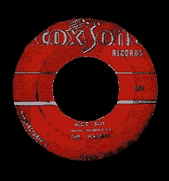|
BOB MARLEY PROFILE
Click image for video link
From the reggae cottage industry of sound systems, two tracks studios, sharp hustlers emerged a triumvirate of artists and musical groupings: Jimmy Ciff, Toots, and the Maytals, and Bob Marley and the Wailers. Among reggaae musicians Cliff is respected and the Maytals venerated, but Marley and the Wailers are recognised as the King of Cats, Marley is seen as the pathfinder for the rest for the reggae desperadoes out into the frontiers of Middle of America, Europe, and even back to Africa where reggae records are now said to sell as well as James Brown's. In Jamaica now they call Robert Nesta Marley the Negus of reggae music; meaning the semi divine Ultimate. But this kind of adulation comes hard and seldom, and it is on;y after fifteen years of scuffling and wearying poverty that Marley and the Wailers are getting their shot at being culture heroes beyond the shores of Jamaica. Bob Marley was born in 1945 in St Ann, the fgarden parish, at a spot called Rhoden Hall, so small it's not on the map.
As a teenager Marley came under the influence of two older musicians. Joe Higgs was an established singer and arranger who was able to teach Marley the rudiments of vocal arrangements and the art of personal cool. Alvin Seeco was a Rastsfarian drummer who schooled Marley in rythmn and time. In this pertiod Marley also became a student of Mortimer Planner, a Rasts elder who served as a kind of bishop to the communities around Kingston. It is said in Rasta circlesthet the great Planner met young Marley in Trench Town and recognise dthat the youth had the Vision, and helped him to find a place to live outside the ghetto for a time.
In 1965, Marley heward some Drifters' song crackling over t he air and decided that the group sound was the one for him. He recruited Bunny Livingston as another singer and guitarist Peter MacIntosh, a tall lanky youth who Bob didn't know but had seen on the streets, singing and thrashing his guitar. They formed their group in late 1962 with a lead singer named Junior Braithwaite and two girl singers. First they were the Wailing Rudeboys, later the Wailing Wailers. After a year Braithwaite took off for Chicago to seek his fortune, and Bob MArley became lead singer. In 1966 the girl singers were dropped, and as a trio Marley, Tosh, and Bunny recorded several singles for Clement Dodd, the sound-system producer known as Sir Coxsone. Using the harmonic techniques learned from Joe Higgs, Marley functioned as songwriter and lead singer, Bunny as high harmony, and Peter Toish as low harmony. The year 1966 was the smoldering zenith of the Rude Boy phenomenon, and in addition to such classic songs as "Simmer Down" and "Put It On", the Wailers recorded "Rule Them Rudie", "Rude Boy", "I'm Still Waiting" and and the definitive Rudie anthem "Steppin' Razor".
> | 1 | 2| |
|||||||||
